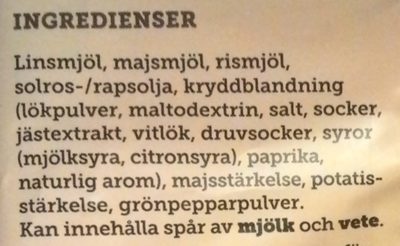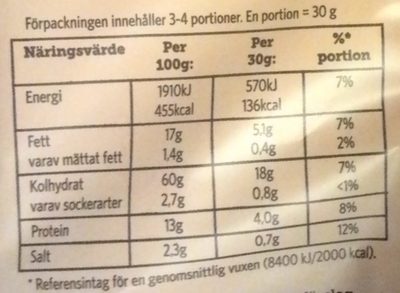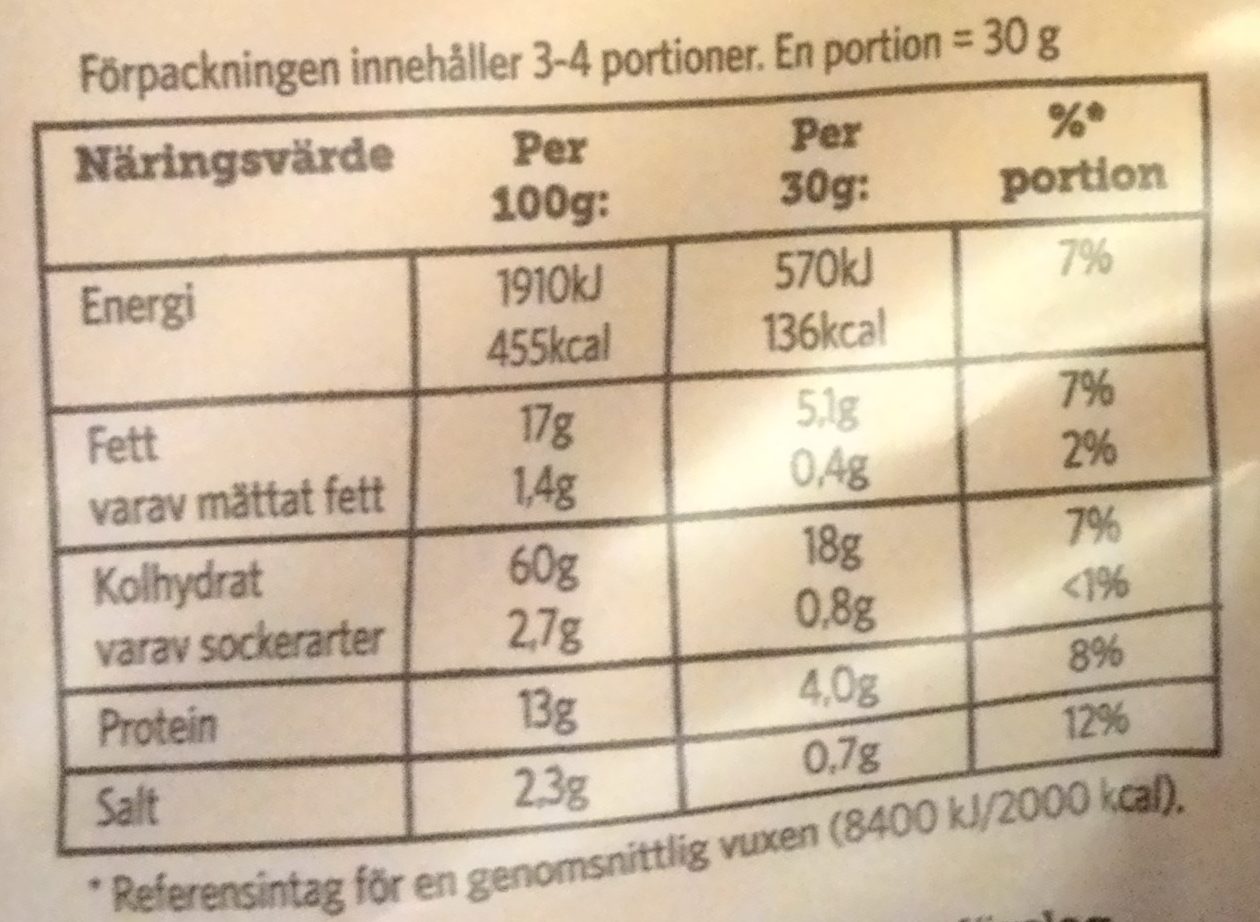Estrella Linschips Sourcrea - 110 g
This product page is not complete. You can help to complete it by editing it and adding more data from the photos we have, or by taking more photos using the app for Android or iPhone/iPad. Thank you!
×
Streckkod: 7310532112236 (EAN / EAN-13)
Kvantitet: 110 g
Varumärken: Estrella
Kategorier: Snacks, Salta snacks, Aptitretare, en:Chips and fries, en:Crisps
Tillverknings eller bearbetningsplats: Göteborg, Sweden
Länk till produktsidan på producentens officiella webbplats: https://www.estrella.se/produkter/linsch...
Matching with your preferences
Miljö
Förpackning
Transportation
Report a problem
Datakällor
Produkt tillagd den av kiliweb
Senast ändrad produktsida på av packbot.
Produktsida också redigerad av olofolleola4, openfoodfacts-contributors, yuka.R0lZUENxZzd1dGtzcWZRZjBCVFExSUpQM0lDQWUwV3ZFZVV4SUE9PQ.
Om uppgifterna är ofullständiga eller felaktiga kan du komplettera eller korrigera den genom att redigera den här sidan.











